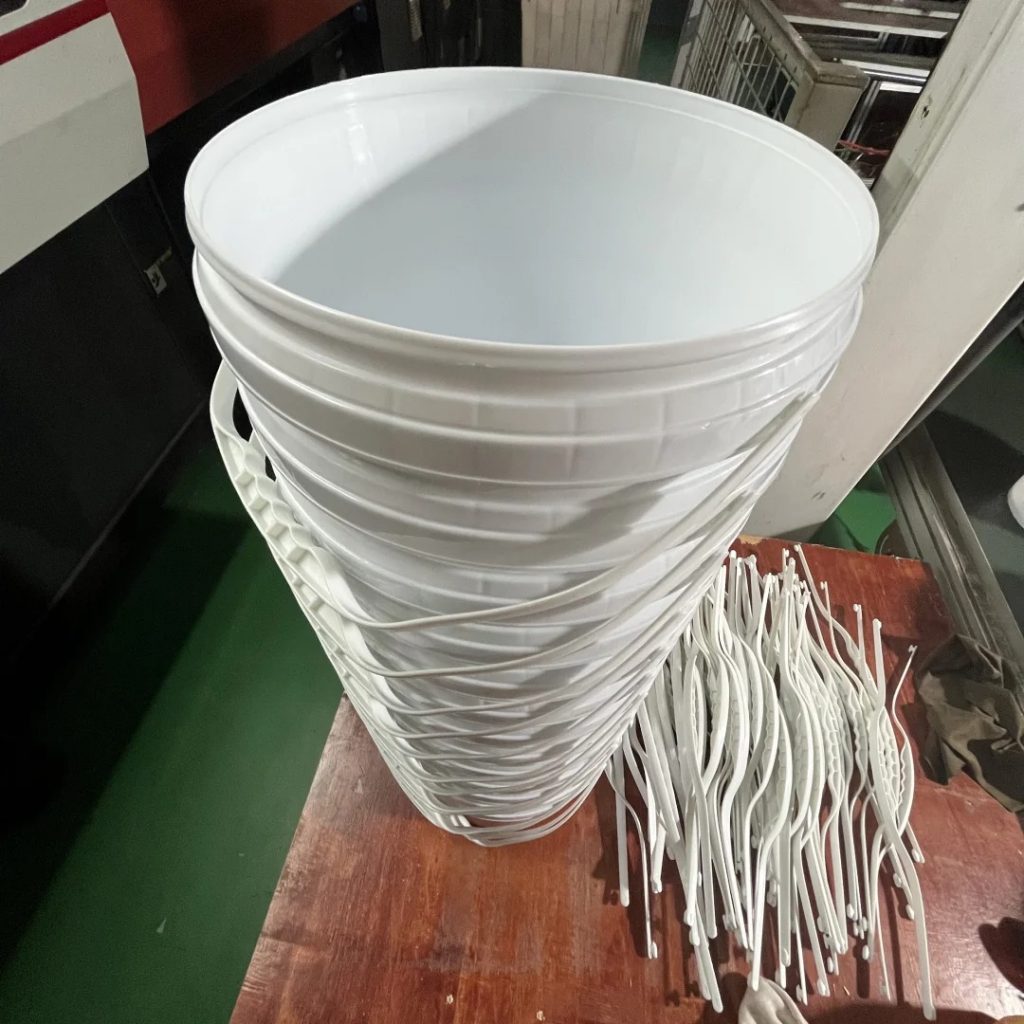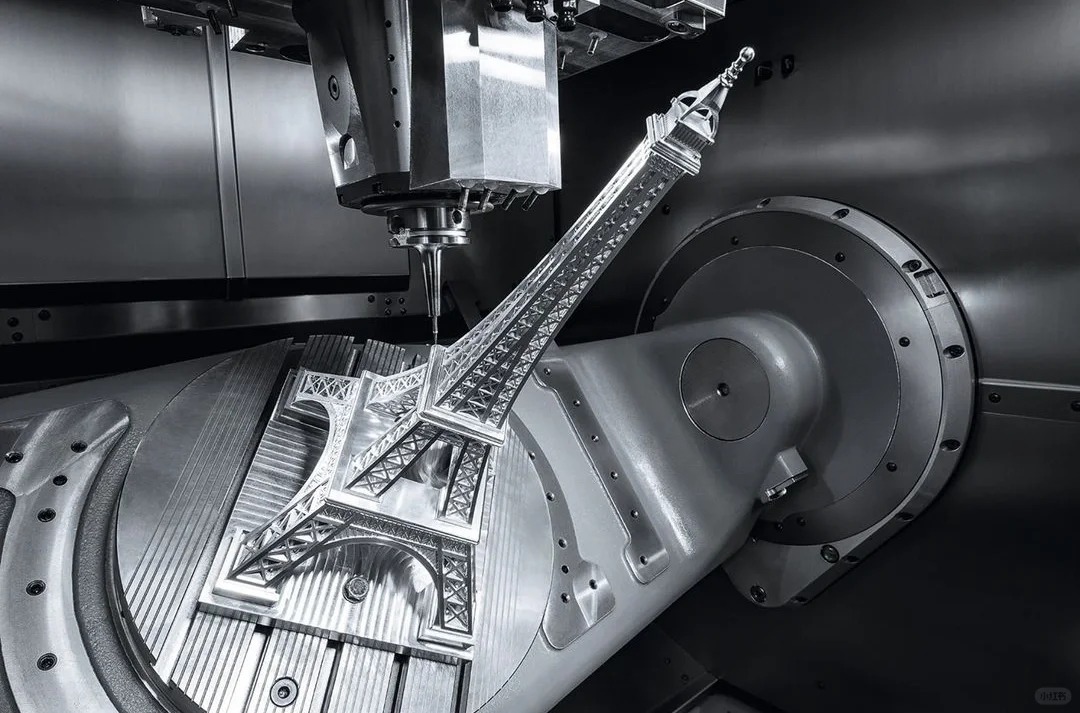1. Key Factors to Consider When Selecting a Plastic Material
Before diving into specific plastics, consider these crucial factors related to your part’s intended use and environment:
- Mechanical Properties:
- Strength: Will the part bear loads? Consider tensile, compressive, and flexural strength.
- Toughness/Impact Resistance: Will it be subjected to sudden shocks or impacts?
- Stiffness (Flexural Modulus): Does it need to be rigid or allow for some flex?
- Hardness & Wear Resistance: Will it rub against other parts or face abrasive conditions?
- Thermal Properties:
- Operating Temperature: What temperature range will the part experience continuously or intermittently?
- Heat Deflection Temperature (HDT): At what temperature does it begin to deform under load?
- Chemical Resistance: Will the part be exposed to solvents, acids, bases, oils, or other chemicals?
- Electrical Properties: Does it need to be an electrical insulator or, in some rare cases for specialty plastics, conductive?
- Optical Properties: Is transparency, translucency, or a specific color required?
- UV Resistance: Will the part be exposed to prolonged sunlight?
- Cost: Material costs can vary significantly. Balance performance needs with budget.
- Machinability: While most plastics can be CNC machined, some are easier and faster to process, impacting machining time and cost.
- Regulatory Requirements: Are there any specific industry standards or certifications needed (e.g., FDA-compliant for food contact, biocompatible for medical devices, RoHS for electronics)?

2. Common CNC Machinable Plastics and Their Applications
Here’s a look at some frequently used plastics in CNC machining, along with their typical characteristics and uses:
- ABS (Acrylonitrile Butadiene Styrene):
- Pros: Good all-around mechanical properties, excellent impact strength, good stiffness, easily machined, takes well to paint and glue, relatively inexpensive.
- Common Uses: Enclosures for electronics, automotive interior parts, consumer product housings, prototypes.
- Polycarbonate (PC):
- Pros: Exceptionally high impact strength (very tough), good temperature resistance, inherently flame retardant (some grades), optical clarity.
- Common Uses: Safety glasses, machine guards, clear windows, medical device components, durable electronic housings.
- Nylon (PA – Polyamide, e.g., PA6, PA66):
- Pros: Excellent wear resistance, high tensile strength, good chemical resistance to oils and fuels, low friction.
- Common Uses: Gears, bearings, bushings, wear pads, structural components requiring toughness. (Note: Nylons absorb moisture, which can affect dimensional stability.)
- Acrylic (PMMA – Polymethyl Methacrylate):
- Pros: Excellent optical clarity and light transmission, good UV stability and weather resistance, rigid, easily polished to a high gloss.
- Common Uses: Lenses, light pipes, display cases, signage, aesthetic components. (Note: Can be brittle compared to PC.)
- Delrin® (POM – Polyoxymethylene / Acetal):
- Pros: High stiffness, excellent dimensional stability, low friction, good wear resistance, good chemical resistance.
- Common Uses: Precision gears, bearings, bushings, automotive fuel system components, consumer electronics parts.
- HDPE (High-Density Polyethylene):
- Pros: Good impact strength (especially at low temperatures), excellent chemical resistance, low moisture absorption, FDA compliant grades available, cost-effective.
- Common Uses: Cutting boards, tank linings, wear strips, consumer product containers. (Note: Can be “gummy” to machine, requiring sharp tools and proper technique.)
- PEEK (Polyether Ether Ketone):
- Pros: Exceptional mechanical strength at high temperatures, excellent chemical and hydrolysis resistance, good wear and fatigue resistance, biocompatible grades available.
- Common Uses: High-performance applications in aerospace, medical implants, semiconductor processing, demanding industrial components. (Note: Significantly more expensive and can be more challenging to machine.)
- UHMWPE (Ultra-High Molecular Weight Polyethylene):
- Pros: Extremely high abrasion resistance, low coefficient of friction, high impact strength, good chemical resistance.
- Common Uses: Wear strips, chain guides, chute liners, bearings.

3. The Role of Industrial Design in Material Selection
Choosing the right plastic isn’t just about technical specifications; it’s also integral to the product’s overall design and user experience. This is where plastic product industrial design services, like those offered by Paulinetech, become invaluable:
- Application-Driven Choices: We help you align material properties with the product’s functional requirements and intended environment.
- Aesthetic Considerations: Material choice affects texture, finish, colorability, and perceived quality.
- Design for Manufacturability (DFM): We consider how material choice impacts the CNC machining process, optimizing designs for efficient production.
- Prototyping for Validation: CNC machining allows for rapid prototyping with different candidate materials, enabling real-world testing before committing to a final selection.
4. Partner with Paulinetech for Material Expertise and Precision CNC Machining
Conclusion: Material Choice Matters
The right plastic material is fundamental to the performance, durability, and success of your CNC machined parts and overall product. By carefully considering the application requirements and leveraging the versatility of CNC machining, you can create components that perfectly meet your needs.


